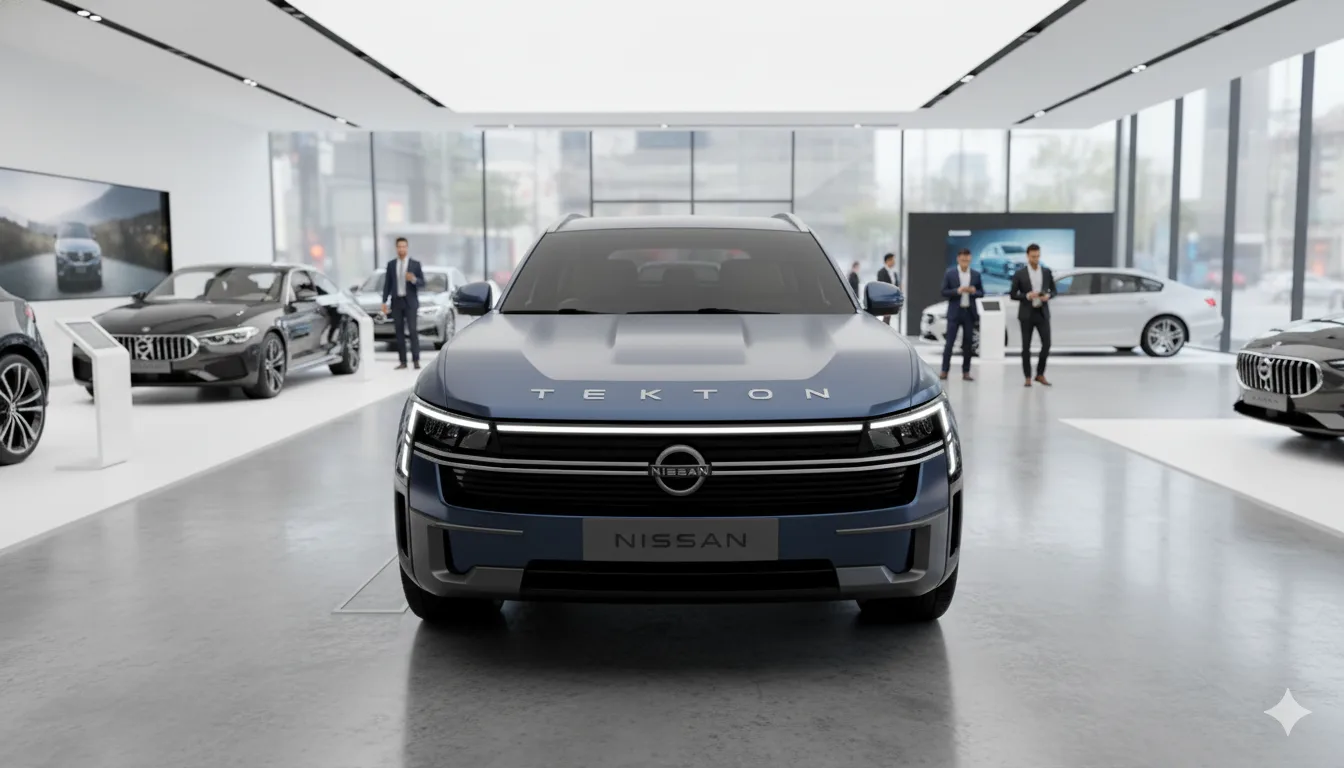The road demands unwavering control, and few components are as vital as the brake pedal. For over a quarter of a million Honda and Acura owners, however, that control is now potentially compromised. American Honda recently announced a significant recall affecting 259,000 vehicles in the U.S., citing a dangerous defect in the brake pedal assembly. This development sends a critical message to owners: check your vehicle immediately.
Table of Contents
The Silent Hazard: A Displaced Pedal
The core of this widespread recall lies in a seemingly small, yet critically important, component: the brake pedal pivot pin. Investigations by the National Highway Traffic Safety Administration (NHTSA) revealed that in some affected vehicles, this pivot pin was not properly secured during the manufacturing process. This oversight can have severe consequences.
What Happens When the Pin Isn’t Secure?
When the pivot pin is improperly staked, the brake pedal can shift laterally. It moves out of its intended position. This lateral movement creates a dangerous scenario. It directly interferes with the driver’s ability to apply the brakes safely. The pedal might feel abnormal. It might even stick or cause the brake lights to remain illuminated.
The Legend Reborn: Toyota Fortuner and Legender Embrace 48V Neo Drive Technology
The Risk on the Road
A brake pedal that moves unexpectedly can lead to several dangerous situations. It might result in unintended brake application. More critically, it could significantly compromise a driver’s ability to slow down or stop the vehicle. Imagine needing to react quickly in traffic, only to find your brake pedal isn’t where it should be, or isn’t responding as expected. This directly increases the risk of a crash or injury.
Affected Models: Is Your Vehicle at Risk?
Honda’s recall encompasses specific model years across both its Honda and luxury Acura brands. Owners of these vehicles should pay close attention.
Honda Pilot
The recall includes 2023-2025 Honda Pilot SUVs. This model makes up a substantial portion of the affected vehicles. Many families rely on this popular SUV.
Acura TLX
For luxury sedan owners, certain 2021-2025 Acura TLX models are part of the recall. This affects a wide range of production years for the performance sedan.
Acura MDX
The versatile 2023-2025 Acura MDX SUV is also impacted. MDX owners should verify their vehicle’s status.
While 259,000 vehicles are under recall, Honda estimates that the actual defect rate is around 1%. However, even a 1% defect rate across such a large volume means thousands of vehicles could be driving with this safety issue.
The Investigation: Tracing the Defect’s Origin
Honda’s journey to this recall began with vigilance. The automaker launched an investigation in April 2024. This started after they received a report of unusual brake pedal movement in a vehicle.
Supplier Fault and Production Shift
The root cause was traced to an improper assembly process at a U.S. supplier’s plant. Insufficient training for workers and a disabled QR code scanning system contributed to the flaw. This critical safety step, known as “staking” the pivot pin, was missed. The supplier’s U.S. facility has since been closed. Production of the brake pedal assembly was transferred to a plant in Mexico. The new facility has implemented enhanced quality control measures. It now uses a camera sensor system. This system verifies proper pivot pin staking.
Limited Incidents, High Precaution
As of June 5, Honda has reported three warranty claims directly related to this brake pedal issue. Crucially, there have been no reports of injuries or fatalities linked to the defect so far. This lack of severe incidents underscores Honda’s proactive approach. They are addressing the problem before it escalates.
Your Next Steps: Ensuring Safety
If you own one of the affected Honda or Acura models, taking immediate action is paramount.
Dealership Inspection and Repair
Honda and Acura dealerships are prepared to address this recall. They will inspect the brake pedal assembly in affected vehicles. If a defect is found, the assembly will be replaced free of charge. This ensures the repair comes at no cost to the owner.
Notification Timeline
Dealer notifications about the recall began on June 13, 2025. Owners of affected vehicles will start receiving mailed notification letters on July 28, 2025. This staggered notification aims to manage the influx of vehicles to dealerships efficiently.
How to Check Your Vehicle
Do not wait for a letter. You can proactively check if your vehicle is part of this recall.
- Visit the NHTSA website (nhtsa.gov). Use their recall lookup tool by entering your Vehicle Identification Number (VIN).
- Use Honda’s official recall lookup tool on their website.
If your vehicle is included, schedule an appointment with your nearest authorized Honda or Acura dealership as soon as possible. Prioritizing this inspection is a critical step for your safety and the safety of others on the road.
Conclusion: Safety First, Always
This significant recall from Honda serves as a stark reminder of the complexities of automotive manufacturing and the paramount importance of safety. While the inconvenience is undeniable for affected owners, the swift and transparent action by Honda and the NHTSA is commendable. By addressing this brake pedal defect proactively, they are working to prevent potential accidents and ensure the continued reliability of these vehicles. For owners, vigilance and prompt action are key. Your safety on the road depends on it.



